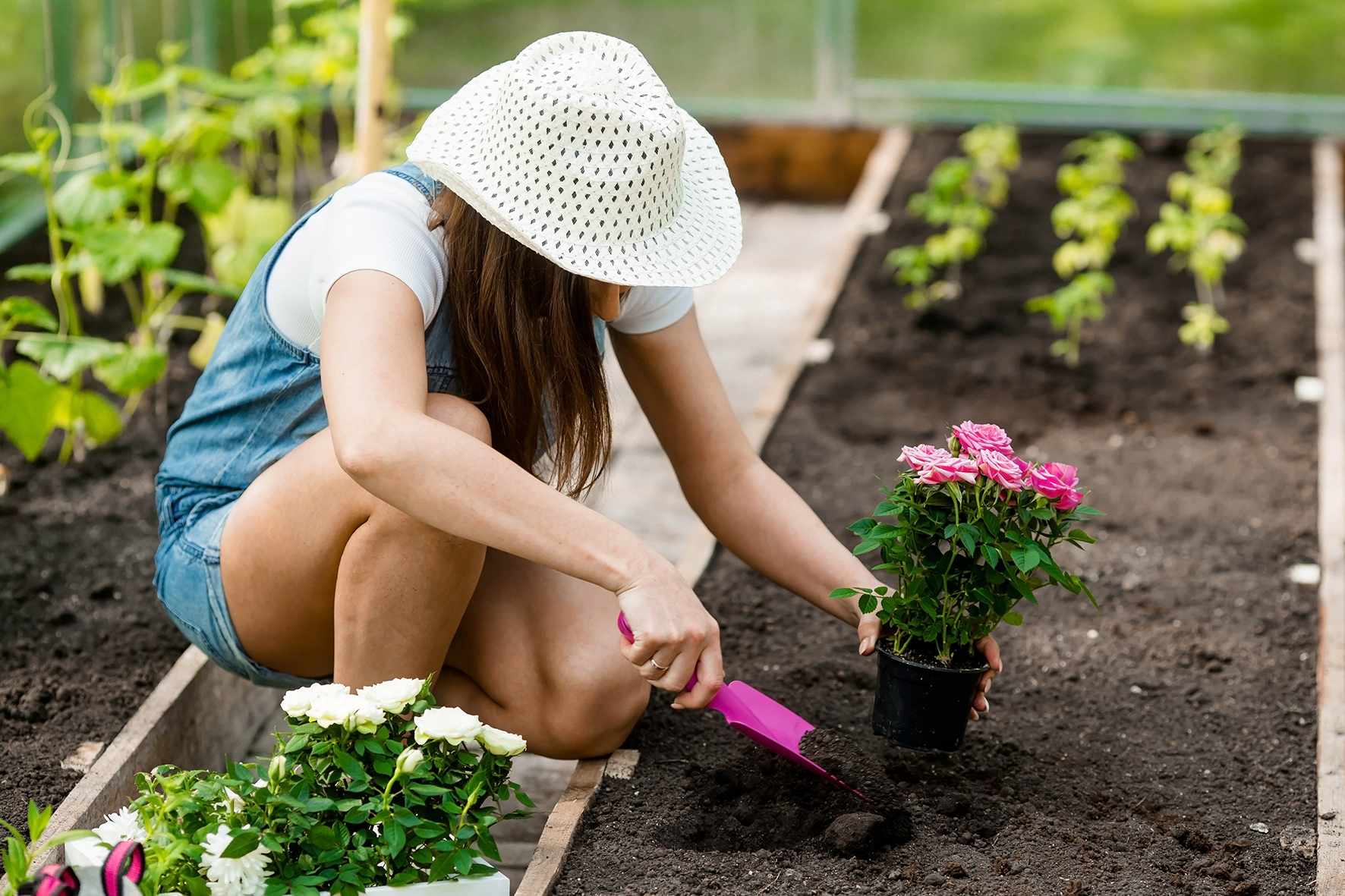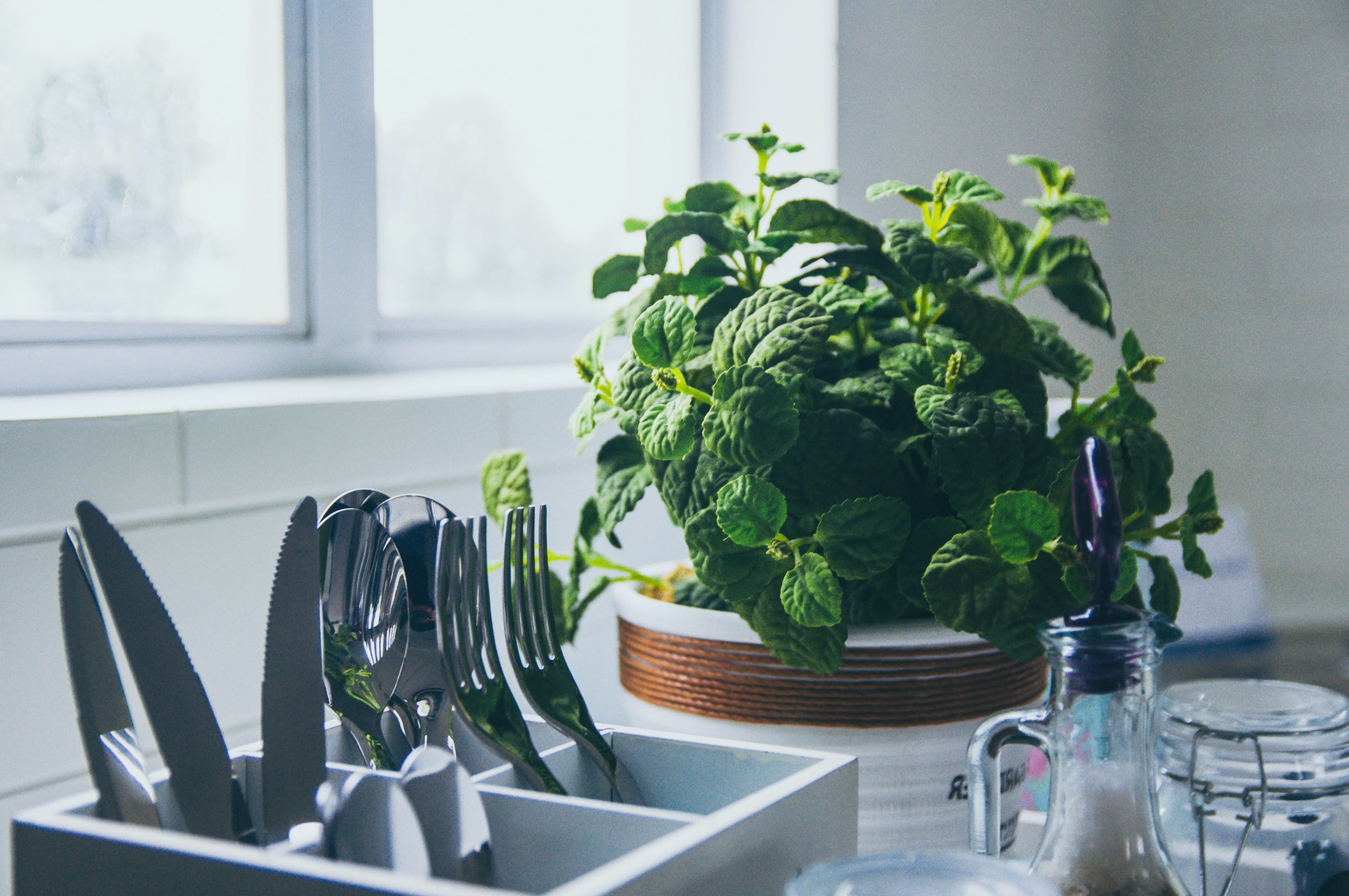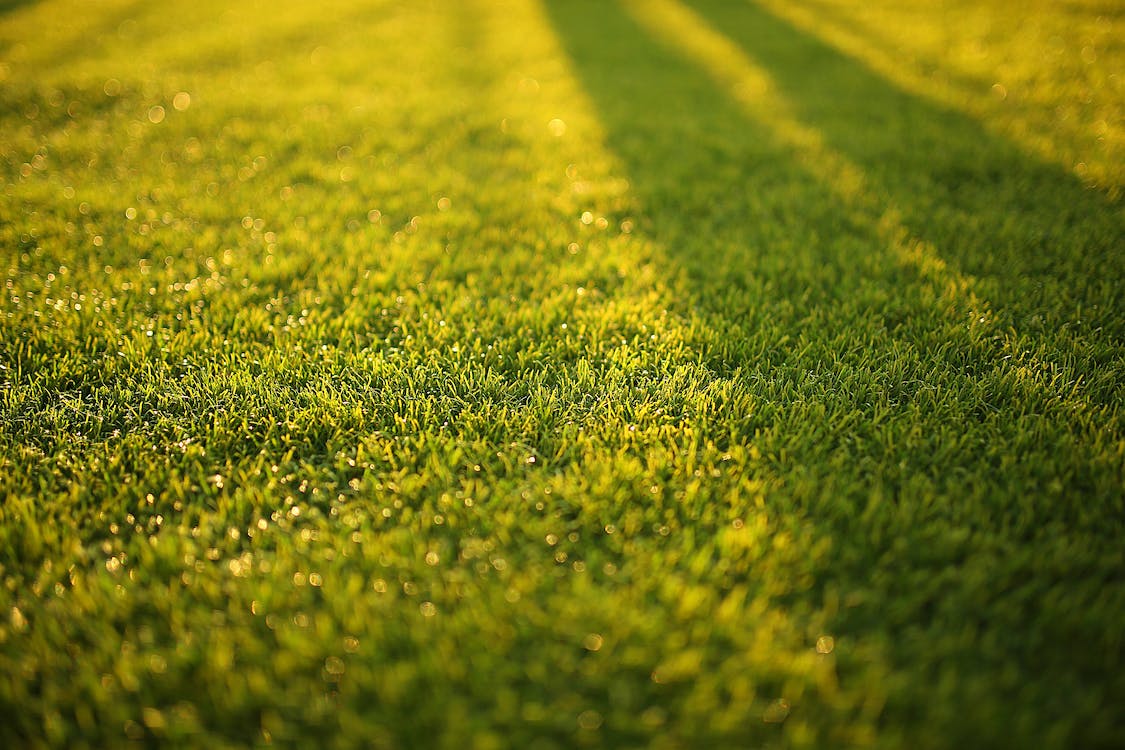Starting a flower garden can be a fulfilling and enjoyable hobby for anyone, whether you’re an experienced gardener or new to the world of gardening. Flowers bring beauty, color, and life to any outdoor space and can also provide a sense of accomplishment and satisfaction as you watch them grow and flourish. However, starting a flower garden can also be daunting, especially if you’re not sure where to begin.
That’s why we’ve put together this guide to help you get started on the right foot. In this blog post, we’ll go over the 5 tips for starting a successful flower garden that will thrive and bring you joy for many years to come. From selecting the right location and plants, to proper care and maintenance, we’ll cover everything you need to know to get your flower garden off to a great start.
1. Choose the right location
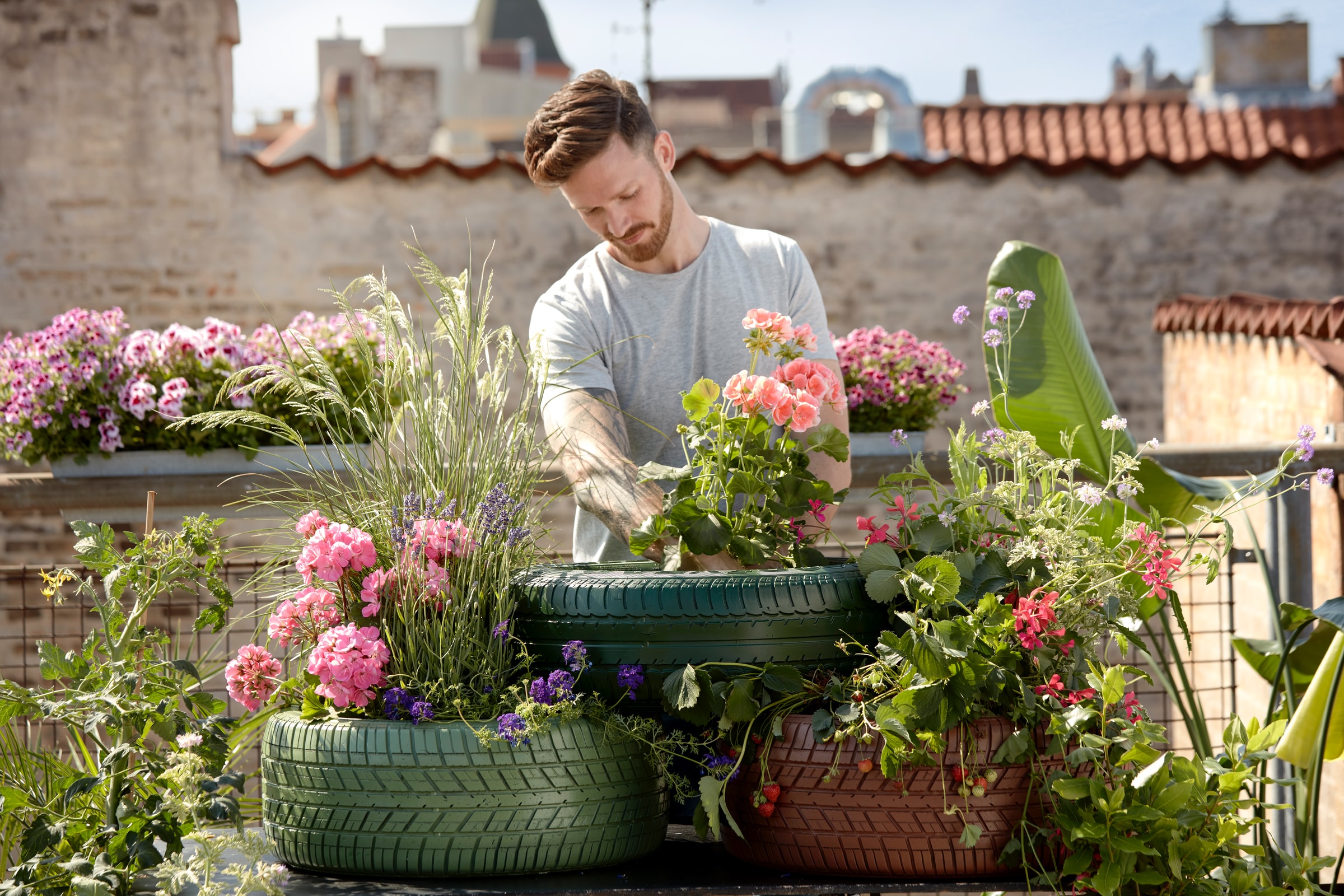
When it comes to starting a flower garden, the location you choose is crucial. Flowers need plenty of sunlight to thrive, so make sure to choose a spot that gets at least 6 hours of direct sunlight per day. If you’re not sure which areas of your yard get the most sunlight, you can use a sun tracker or simply observe the area throughout the day.
Additionally, it’s important to consider the soil in your chosen area. Well-draining soil is ideal for most flowers, as they don’t like to be waterlogged. If your soil is heavy clay or sandy, you may need to amend it with compost or other organic matter. You can also check the pH level of your soil with a soil test kit, which can be found at most garden centers.
2. Select the right plants
Choosing the right plants for your flower garden is another important step. Consider the climate and soil conditions of your area, as well as the amount of sunlight the location gets. It’s also important to choose plants that are well-suited to your level of gardening experience. Annuals, such as marigolds and zinnias, are easy to grow and are great for beginners. They will grow from seed, flower, and die all in one season.
Perennials, such as peonies and daisies, come back year after year but may require more care and attention. They will grow back year after year from the roots. It’s also important to make sure the plants you choose are native to your area, as they will be better suited to the local climate and will require less maintenance. You can also mix annuals and perennials in your garden for continuous blooming.
3. Properly care for your plants
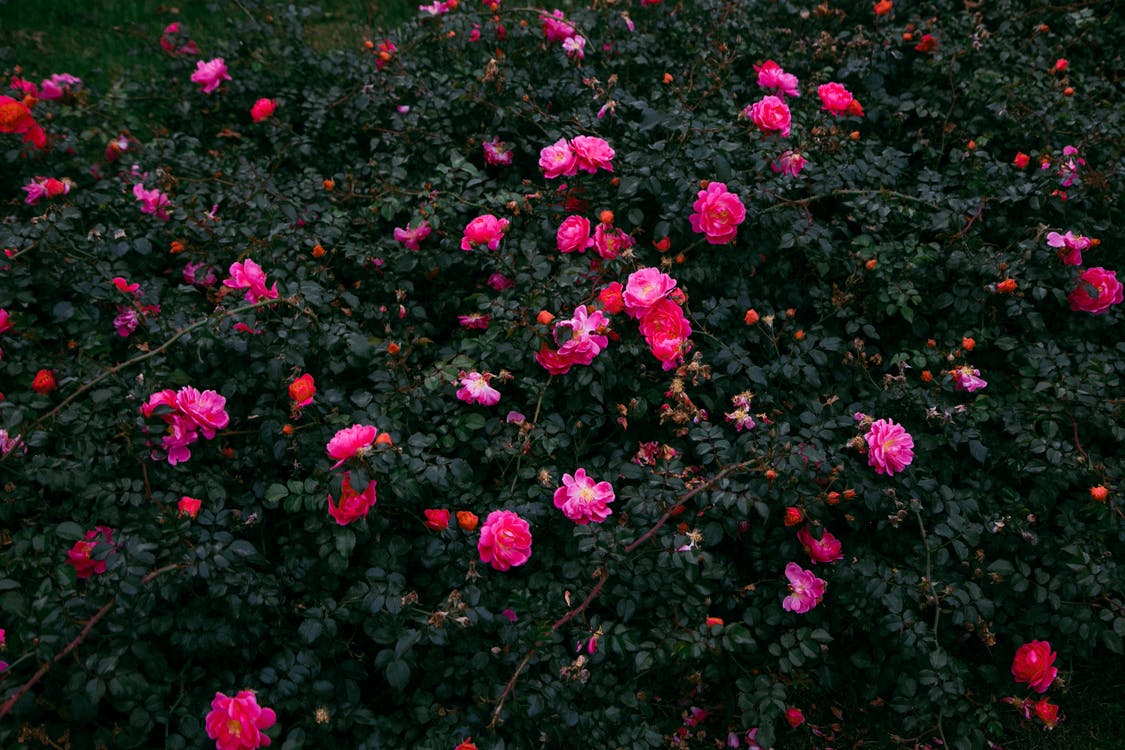
Once you’ve chosen the right location and plants for your flower garden, it’s important to properly care for them. This includes providing them with the right amount of water and fertilizer, as well as regularly checking for and removing any pests or diseases. It’s also important to deadhead spent blooms and to trim back any overgrown plants. Watering is one of the most important aspects of flower gardening.
It’s essential to keep your plants well-watered, but be careful not to over-water them. Most flowers prefer to be kept evenly moist but not waterlogged. You should also provide your flowers with the right amount of fertilizer, as this will help them to grow strong and healthy. There are many different types of fertilizer available, including organic and synthetic options. You can also use compost or other organic matter as a fertilizer.
4. Plan ahead
Before you start planting, it’s important to have a plan in place. This includes deciding on the overall layout of your garden, what types of flowers you want to include, and how you want to arrange them. You can use online tools or software to help you plan your garden layout, or you can sketch it out on paper. It’s also important to consider the mature size of the plants you’re choosing, so you can plan for appropriate spacing and ensure that taller plants won’t shade out shorter ones.
5. Be patient
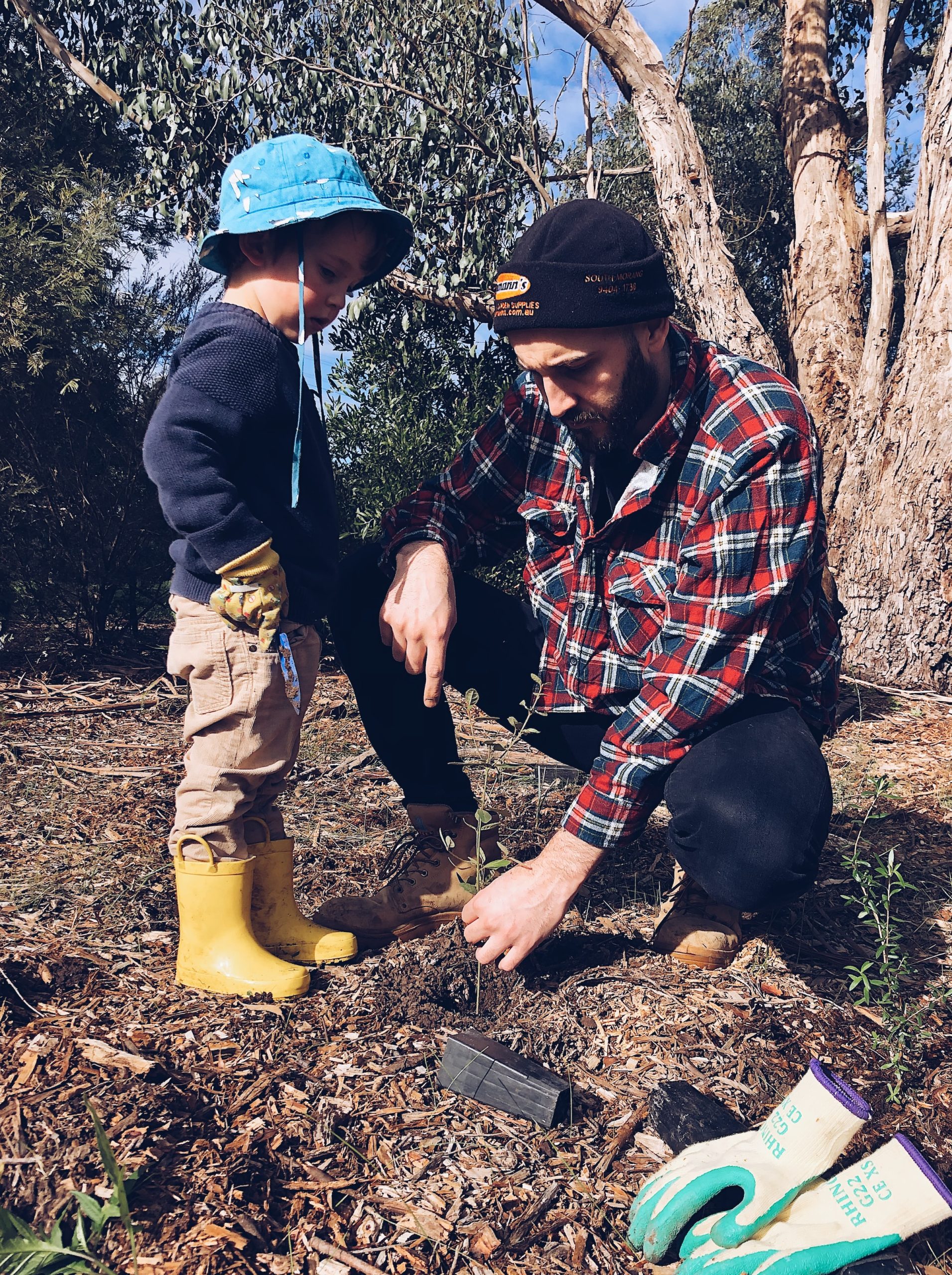
Starting a flower garden can be a bit of a waiting game, especially if you’re growing plants from seed. Be patient and give your plants time to grow and establish themselves. It’s also important to remember that not all plants will thrive in your garden, even if you’ve done everything right.
Sometimes, it’s just a matter of trial and error. Don’t get discouraged if things don’t go as planned, and remember that gardening is a learning process. With time and patience, you’ll become more confident and knowledgeable, and you’ll be able to create a beautiful flower garden that you can enjoy for many years to come.
Looking for help?
For all your requirements in residential or commercial landscaping services, contact CHURCH STREET GARDEN SERVICES. They use quality materials, equipment, and Waterwise plants to create custom outdoor living spaces for their clients. Call them, and they will be happy to discuss your ideas and specifications at any time. They complete your project to your satisfaction, keeping your needs, lifestyle, and budget in mind. We operate throughout Melbourne and the surrounding suburbs for your convenience. What are you waiting for? To get more information visit their website.

